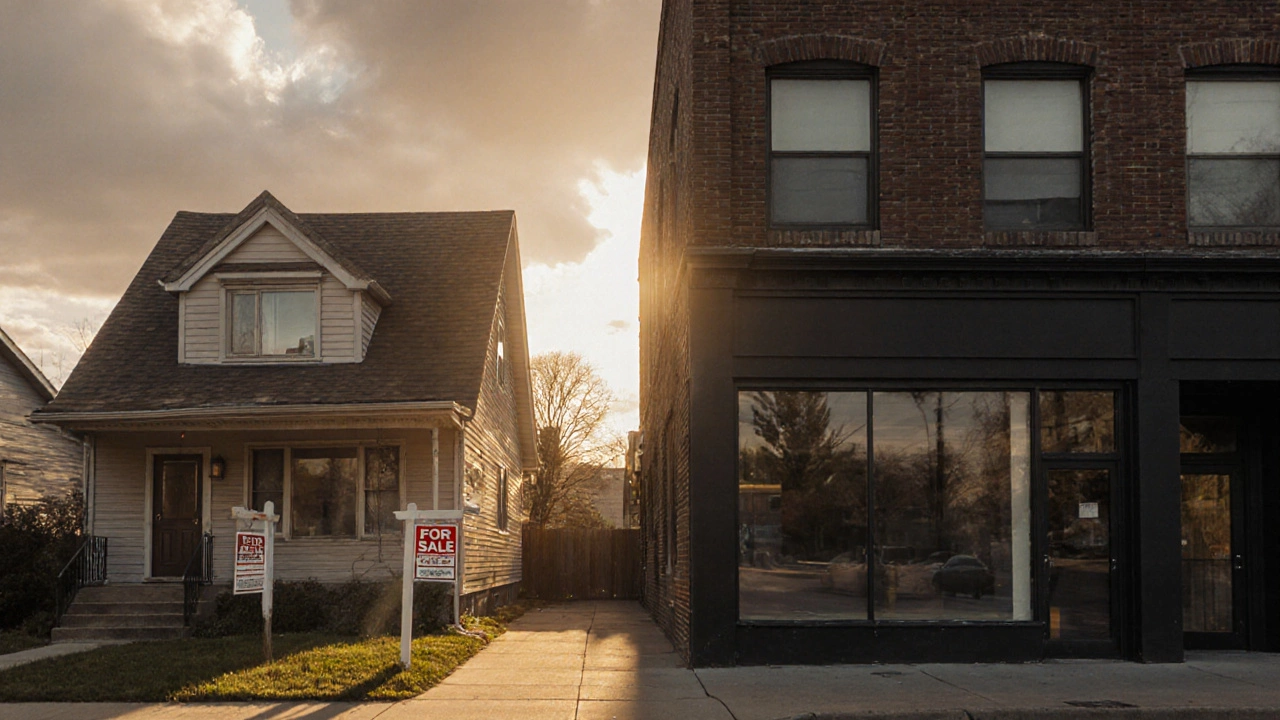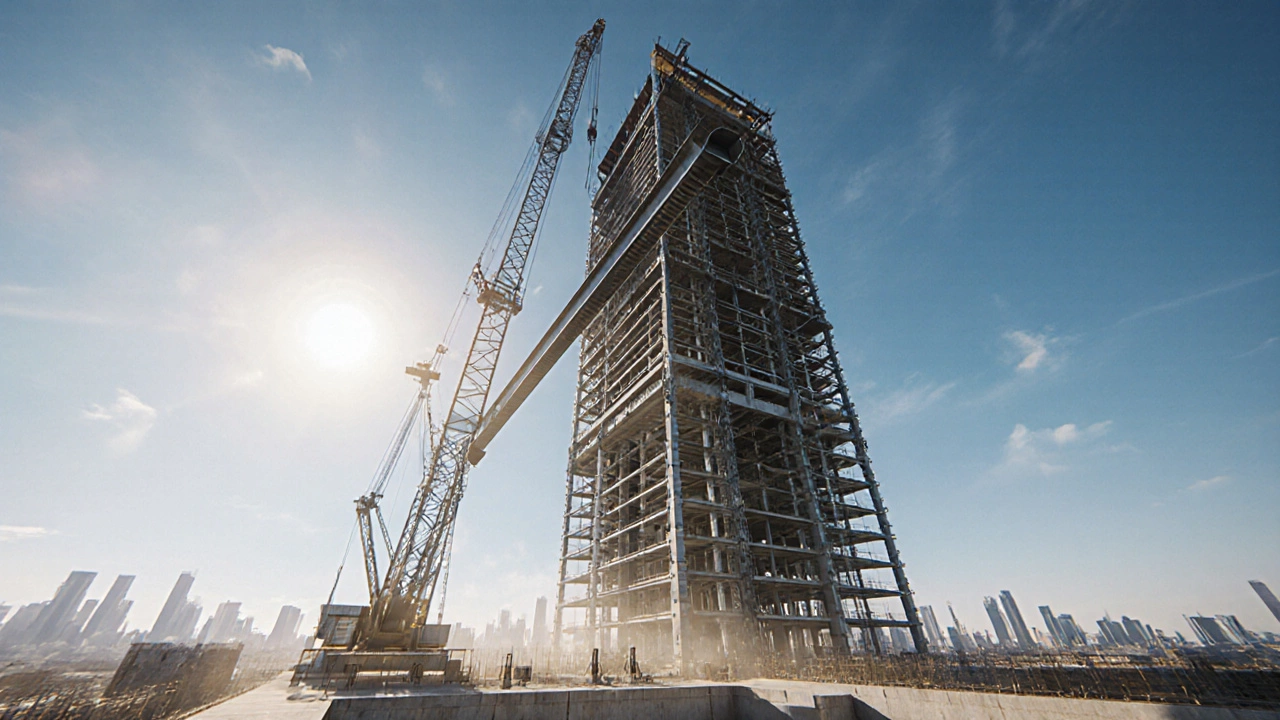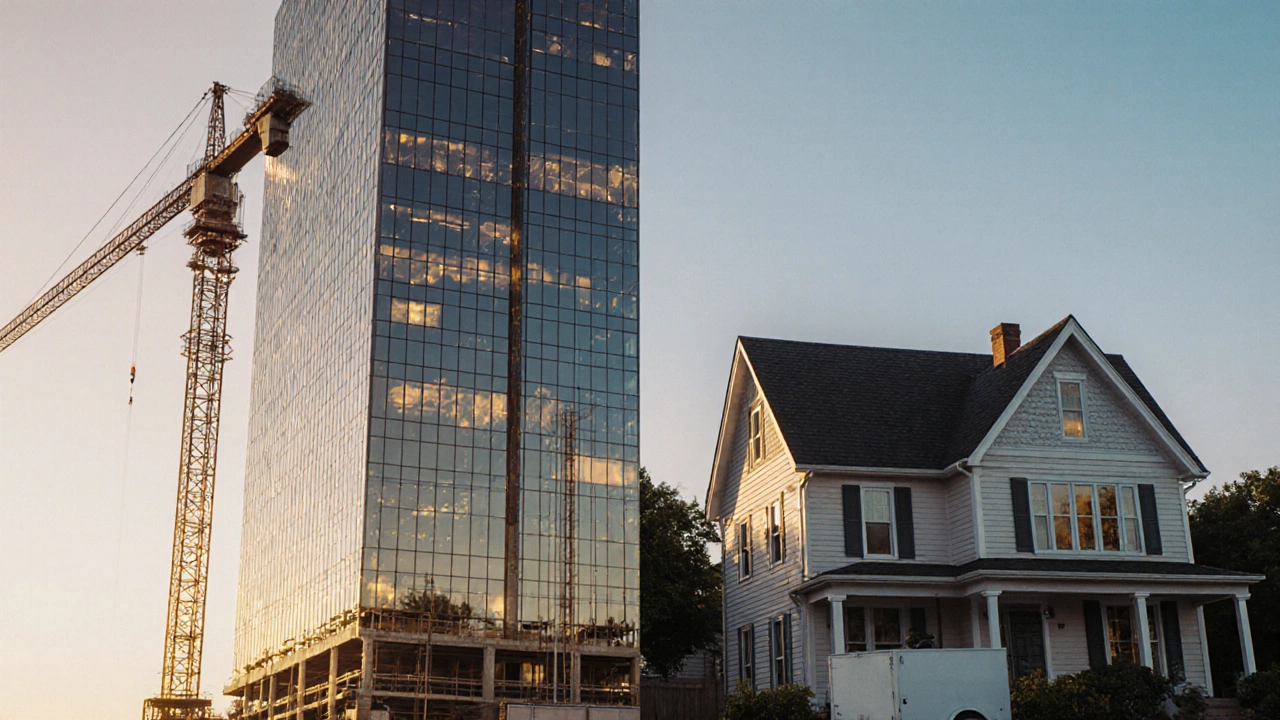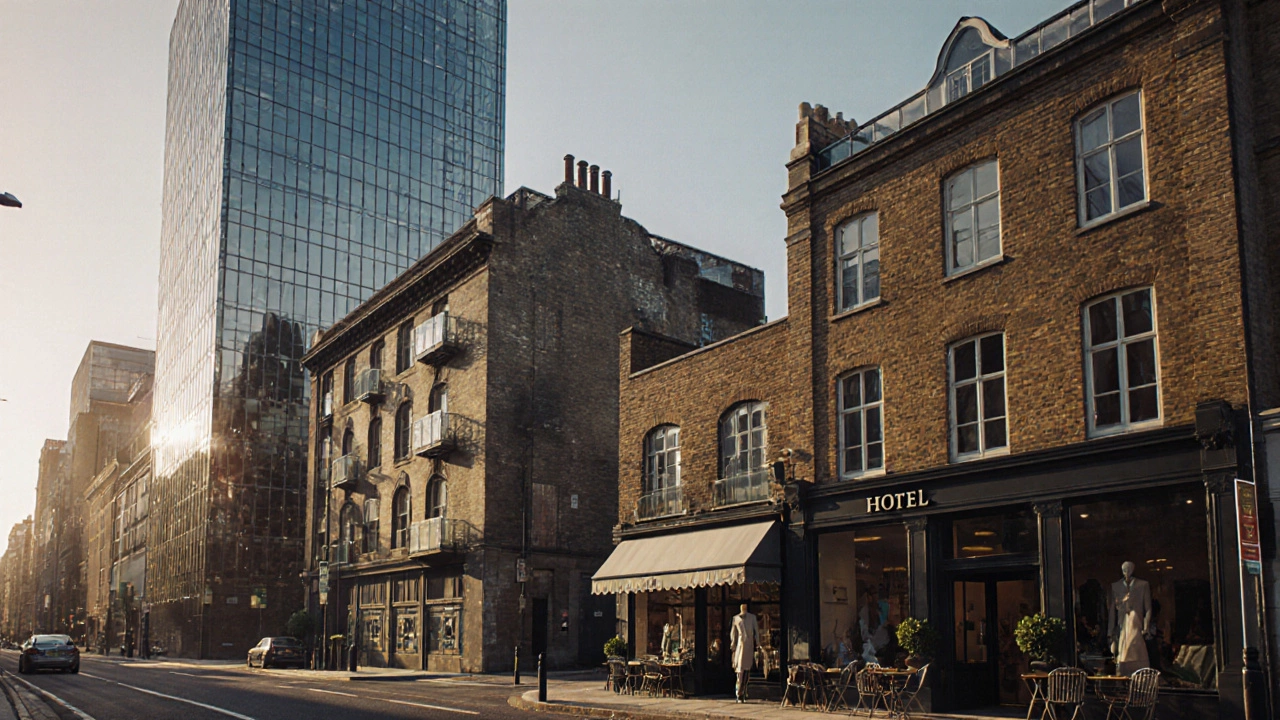Commercial Construction Materials & Services
If you’re putting up an office block, a warehouse, or a retail centre, the material you use can make or break the project. At Lime Hillock we supply limestone and other quarry products that are built to handle the heavy loads, fire codes, and long‑term wear that commercial builds demand.
First thing’s first: know what you need. Commercial projects usually require stronger, load‑bearing stone for foundations, walls, and flooring. Limestone from a local quarry gives you consistency in size, grade, and durability, plus it cuts transport costs and carbon footprint.
Choosing the Right Quarry Materials
Look for three key traits when picking stone: strength, fire‑resistance, and workability. Our limestone meets British Standards for compressive strength, so it can support multi‑storey floors without cracking. For fire‑resistant walls, we offer lime‑treated blocks that keep flames from spreading. If you need a smooth finish for interior walls, ask for a fine‑grained cut that’s easy to polish.
Don’t forget the extra bits. Gravel, sand, and crushed stone are essential for concrete mixes, drainage layers, and backfill. Getting everything from one supplier means the mix ratios stay consistent and you avoid delays caused by mismatched materials.
Keeping Your Project on Track
Timing matters. We deliver on scheduled dates, and our drivers know the best routes to construction sites in the UK. A reliable delivery schedule lets you stick to your critical path and avoid costly hold‑ups.
Safety codes are another must‑watch area. Commercial buildings must meet fire ratings, acoustic standards, and accessibility rules. By using our certified stone, you already check off many of those boxes. Always double‑check the local council’s requirements before you order, and keep the paperwork handy for inspections.
Budget pressure? Limestone is often cheaper than imported alternatives, and because it’s locally sourced, you save on freight. Ask our team for a cost‑breakdown that includes material, cutting, and delivery – we’ll give you a clear figure so you can compare against other suppliers.
Finally, think about future maintenance. Stone that resists water ingress and freeze‑thaw cycles will need fewer repairs over the building’s life. That means lower upkeep costs and a better ROI for owners.
Whether you’re a contractor, a developer, or a property manager, the right quarry materials lay the groundwork for a solid, safe, and cost‑effective commercial build. Reach out to Lime Hillock today and get the stone that keeps your project moving forward.
What Is the Difference Between Commercial and Residential Buildings?

Commercial and residential buildings differ in design, codes, materials, and systems. One is built for living; the other for business. Understanding these differences helps avoid costly mistakes.
read moreIs Construction Commercial or Non-Commercial? Here’s How to Tell the Difference

Learn how to tell if a construction project is commercial or non-commercial. Understand the key differences in codes, permits, and costs-and avoid costly mistakes when building for business or personal use.
read moreWhy Commercial Mortgage Rates Are Higher Than Residential

Commercial mortgage rates are higher than residential because they carry more risk-tenant dependence, shorter terms, complex appraisals, and less regulation. Lenders charge more to offset the chance of default and slower resale.
read moreUnderstanding the 1‑3 Rule in Commercial Construction

Learn what the 1‑3 rule is, why it matters in commercial construction, and how to apply it to keep projects on schedule and budget.
read moreWhat Construction Type Dominates Modern Commercial Buildings?

Discover why steel‑frame construction dominates commercial building projects, explore alternatives like concrete and timber, and get a practical checklist to choose the right method for your next build.
read moreCommercial vs Residential Construction: Which Is Better?

Explore the key differences between commercial and residential construction, covering costs, permits, timelines, ROI, and best-use scenarios to help you choose the right project.
read moreUnderstanding Commercial Classification: What Counts as Commercial?

Learn how to tell if a property is commercial, why it matters, and the key criteria-use, size, zoning, and occupancy-that define commercial classification.
read moreCommercial vs Residential: Which Property Type Wins for Your Investment?

Explore the pros and cons of commercial vs residential properties, covering ROI, financing, risk, and practical tips to help investors choose the right asset.
read moreCommercial Building Construction Types: Understanding Materials, Classes, and Safety Codes

Unpack the world of commercial construction types: materials, safety codes, and what makes a structure tick for your business.
read moreCommercial Project Meaning: Breaking Down the Basics

Ever wondered what people really mean when they talk about commercial projects? This article makes sense of the term, showing how it fits into the world of commercial construction. You'll learn what sets commercial projects apart, what types exist, and why getting this right can save money and headaches. Plus, you'll pick up practical tips if you're considering diving into your own commercial project.
read moreWhat Makes a Building Commercial? Key Signs and Simple Insights

Ever wondered what actually makes a building 'commercial'? This article breaks down the main differences between commercial and other types of buildings, using straightforward terms. Discover how zoning, design, regulations, and real-life examples come into play. Get practical tips if you’re looking to buy, lease, or build a commercial property. Walk away with fresh perspectives on a topic that affects nearly every business owner out there.
read moreCommercial Construction: What Makes a Building 'Commercial'?

What really defines a commercial building? This article breaks down what separates commercial from residential properties, focusing on construction rules, uses, common types, and the red tape involved. You'll get practical tips for figuring out if your project counts as commercial, plus warnings about common pitfalls. It's designed to help anyone—from small business owners to developers—spot the signs and steer clear of costly mistakes.
read more



